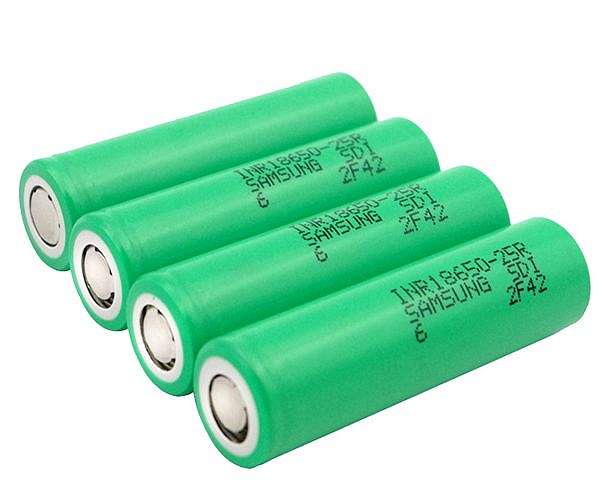Researchers use recycled silicon anodes to improve the efficiency of lithium-ion batteries
Researchers from the Qingdao Institute of Bioenergy and Bioprocess Technology (QIBEBT) of the Chinese Academy of Sciences have fabricated low-cost micro-sized silicon anodes from recycled photovoltaic waste, thanks to an innovative electrolyte design.
Their landmark research, published in Nature Sustainability on July 16, paves the way for more sustainable, cost-effective, high energy density batteries, potentially revolutionizing energy storage systems for electric vehicles and the use of renewable energy.
Silicon anodes are known to significantly increase the energy density of lithium-ion batteries compared to traditional graphite anodes, but face challenges due to significant volume expansion during charge-discharge cycles. This expansion can lead to mechanical fractures and degrade battery performance.
To address these issues, the research team, led by Prof. CUI Guanglei, has developed micro-sized silicon particles (um-Si) from photovoltaic waste as a promising alternative.
In combination with a specially formulated ether-based electrolyte, these um-Si anodes exhibit exceptional electrochemical stability, maintaining an average Coulomb efficiency of 99.94% and retaining 83.13% of their initial capacity after 200 cycles.
“This work not only suggests a more sustainable supply source for silicon particles, but also addresses the major challenges facing micro-sizing of silicon anode materials,” says Dr. LIU Tao, first author of the study.
The anodes’ success is attributed to their unique solid-electrolyte interphase (SEI) chemistry, which results from the team’s innovative electrolyte composition of 3M LiPF6 dissolved in a 1:3 volume ratio of 1,3-dioxane and 1 ,2-diethoxyethane. . This formulation advances the development of a bilayer SEI that is both flexible and robust, holds fractured silicon particles together, improves ionic conductivity, and minimizes side reactions.
The NCM811||um-Si pouch cells with the new combination of anode and electrolyte survived 80 cycles and delivered an impressive energy density of 340.7 Wh kg-1 under harsh conditions. This performance represents a significant improvement over conventional lithium-ion batteries, which are approaching their energy density limits.
Dr. DONG Tiantian, another co-first author of the study, highlighted the environmental benefits: “The sustainable extraction of silicon from waste solar panels mitigates both the economic and environmental impacts of photovoltaic waste. Converting waste into valuable battery components significantly reduces costs. of lithium-ion batteries and increases their accessibility.”
“Through the use of recycled materials and advanced chemical technology, we have shown that high-quality and environmentally sustainable lithium-ion batteries are not only possible, but within reach,” said Prof. CUI, who is optimistic that this research will lead to the development of Next-generation batteries that can power everything from electric vehicles to grid-scale energy storage.
This important approach illustrates how innovative recycling and careful materials science can come together to solve some of the most pressing challenges in energy technology today.
Research report:Micro-sized recycled silicon anode for high-voltage lithium-ion batteries

